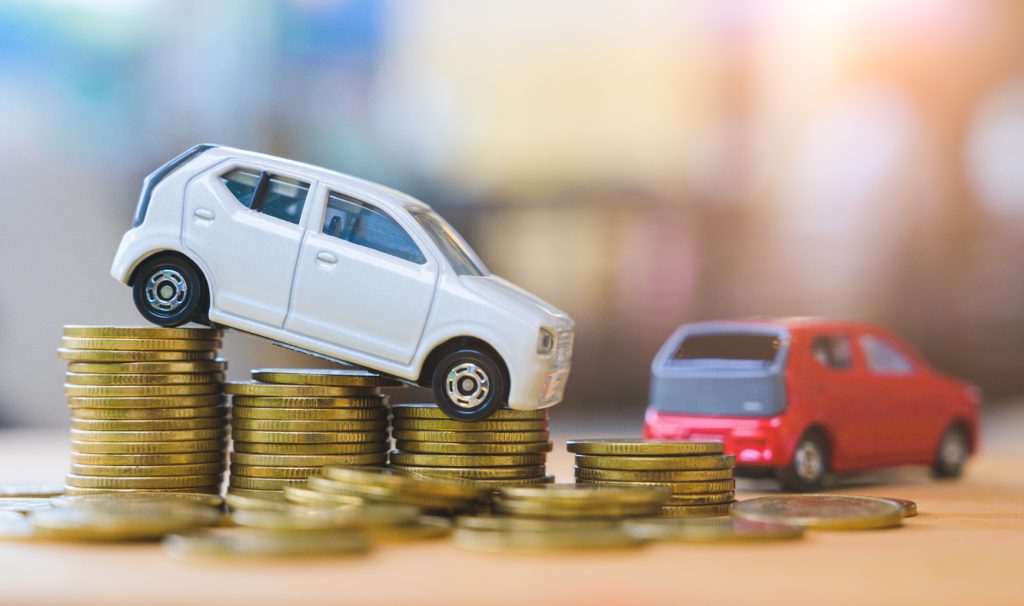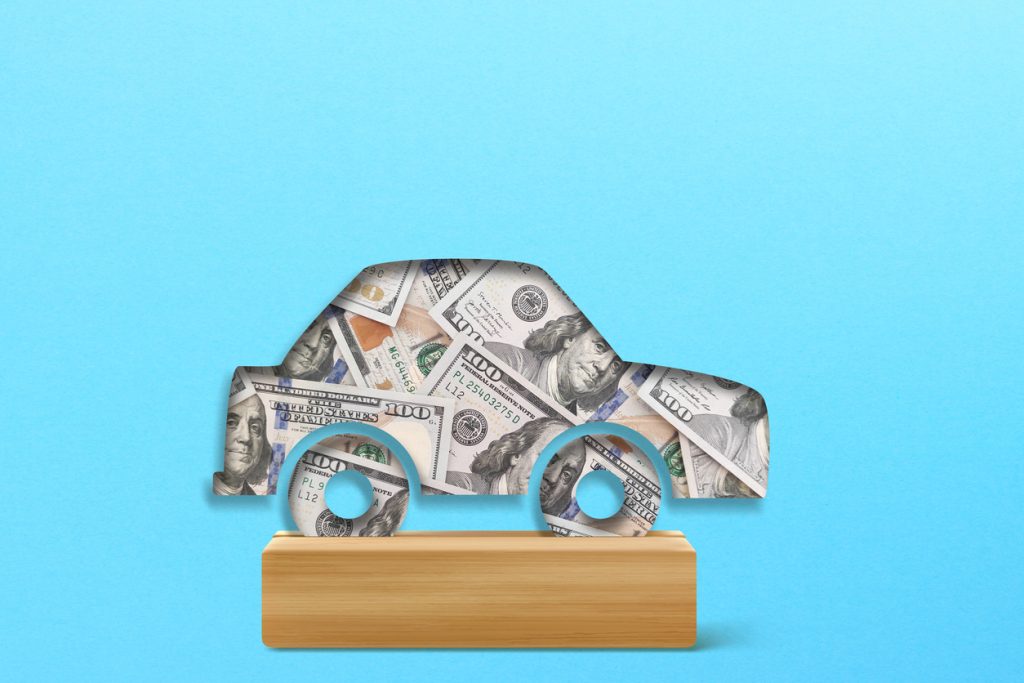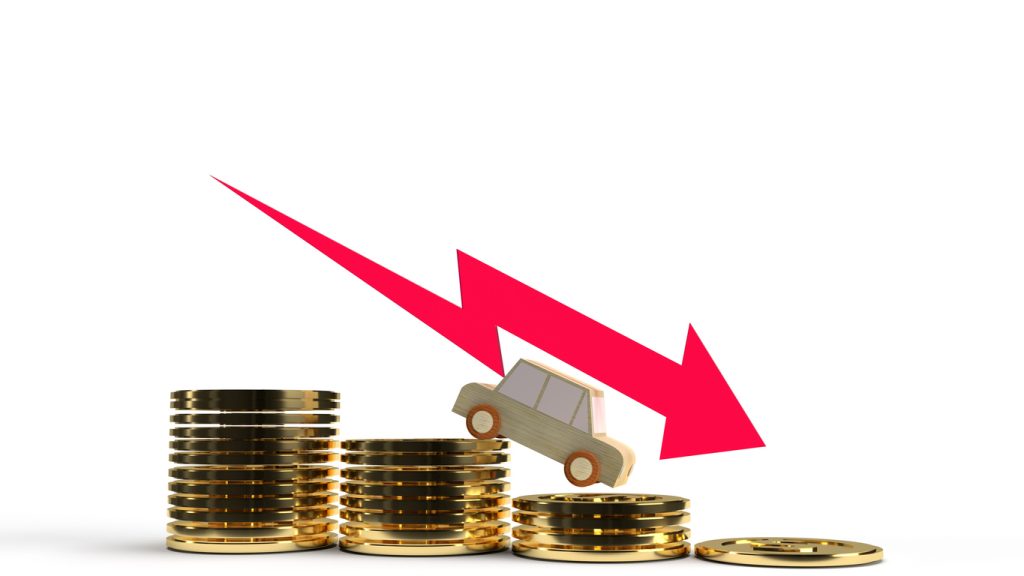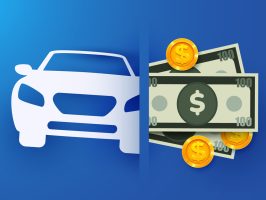The automotive landscape for family-oriented vehicles has experienced a significant shift. In recent years, some family SUVs—long considered a staple for comfort, utility, and safety—have begun to appear in rankings for the worst cars by value rating. For many car buyers, value rating signals the overall return on investment, blending purchase price with reliability, insurance, depreciation, safety, fuel costs, and long-term satisfaction. When family SUVs emerge as the worst cars by value rating, it sends a warning not just about the models themselves, but about larger trends in automotive design and consumer priorities.
What Determines the Worst Cars by Value Rating for Family SUVs?
To understand why family SUVs are increasingly listed as part of the worst cars by value rating category, it’s necessary to examine how these ratings are constructed. The concept hinges on total cost of ownership, which includes depreciation (the rate at which a vehicle loses value), repair and maintenance costs, commonly reported defects, insurance premiums, and actual daily drivability. When family SUVs start to fall to the bottom tier for value rating, it’s a sign that these historically reliable vehicles are encountering shifts in quality, engineering, or overall market positioning.
Long-term reliability and cost-effectiveness have always been central to what consumers expect from a family SUV. Yet today, higher maintenance costs, recall frequency, and rapid depreciation are increasingly causing family SUVs to be grouped among the worst cars by value rating.
Why Are Family SUVs Being Labeled the Worst Cars by Value Rating?
Several changes in design, material sourcing, manufacturer focus, and even regulatory standards have contributed to certain family SUVs being rated as the worst cars by value rating. Shifts in manufacturing—from increased use of cost-saving plastic parts to complicated electronics—can lead to higher repair costs and recurring issues. In addition, more recent models are sometimes released without thorough testing, resulting in frequent recalls and loss in resale value.
Another factor influencing the worst cars by value rating status is the increased competition among manufacturers. In the pursuit of segment leadership, many automakers prioritize adding new features over ensuring the long-term durability family SUV buyers traditionally prioritize. This arms race in infotainment, safety tech, and efficiency sometimes introduces new problems, further cementing the negative value perception for certain models.

Recall Frequency and Depreciation’s Role in Worst Cars by Value Rating
One defining metric for ranking a model among the worst cars by value rating is recall history, particularly for parts impacting safety or drivability. Family SUVs are prized for their ability to transport children and groups, making frequent and broad recalls an especially devastating blow to perceived value. When manufacturers issue repeated recalls for things such as braking systems, transmission failures, or faulty airbags, owners are burdened with downtime and repair costs—the kind of hassles that quickly degrade ownership satisfaction.
Depreciation is another key element driving family SUVs to be ranked with the worst cars by value rating. SUVs once held value well due to steady demand, but market oversaturation and constant updates have caused some models to lose value quickly. Rapid depreciation means that even a slightly used SUV can lose thousands in resale price within just a couple of years.
Real-World Indicators of the Worst Cars by Value Rating in Family SUVs
Modern value rankings, such as those referenced by consumer publications and legal resources, typically aggregate owner surveys, government recall databases, and cost-to-own metrics to identify the worst cars by value rating. Owners of some newer family SUVs have reported issues ranging from premature transmission failure to chronic electronics malfunctions. These frequent and costly repairs explode the notion of “family-friendly” and drive down average value faster than with other vehicle types.
Additionally, SUVs that receive average safety ratings but command premium prices are often exposed in these rankings for offering subpar value relative to rivals. Even when safety is not a direct concern, substandard gas mileage, excessive insurance premiums, and third-party reliability downgrades can move a once-popular model into the worst cars by value rating lists.
The Impact of Legal Developments and Government Reports on Worst Cars by Value Rating
Legal and government frameworks can have a significant impact on which vehicles are classified as the worst cars by value rating. For instance, recall notices and defect investigations published by the National Highway Traffic Safety Administration are public indicators that a given family SUV is trending downward in owner value. Laws such as the Magnuson-Moss Warranty Act can offer some recourse to owners by holding manufacturers accountable for repeated failures, but reputational damage and value loss persist regardless.
For those seeking authoritative data, the National Highway Traffic Safety Administration maintains a comprehensive database of safety recalls and investigations available to the public, highlighting trends that often inform value rating downgrades. This resource is an essential reference for car buyers concerned with the latest worst cars by value rating developments.
Market Trends: Why Value for Family SUVs Is Falling
Another major reason for some family SUVs falling into the worst cars by value rating classification involves macroeconomic trends and shifting consumer expectations. The SUV segment is growing rapidly, but increased competition can pressure automakers to cut corners. This leads to lower-quality interiors, reduced focus on durability, and more emphasis on flashy tech than proven engineering stability.
Additionally, the rise in car prices—with SUVs regularly crossing $40,000—compounds the issue of value loss. When an expensive SUV develops repeated mechanical or electrical problems, even robust warranties can’t offset the ownership penalty, and depreciation takes a steeper curve.
Comparing the Worst Cars by Value Rating Among Family SUVs
The rankings that highlight the worst cars by value rating take many factors into account, ranging from year-over-year residual value to projected five-year ownership costs. Family SUVs encountering frequent spotlights in negative rankings often share several traits: subpar reliability records, frequent recalls, lackluster safety scores (relative to segment), high insurance or maintenance costs, and rapid drops in resale value.
Some resources aggregate legal claims, owner complaints, and insurance data, resulting in a comprehensive profile for each vehicle. You can review real-world examples and detailed ranking tables on pages such as the worst cars by value rating to better understand which family SUVs to approach with caution.

Breaking Down the Value Loss: Case Studies of Family SUVs With Poor Ratings
A close examination of family SUVs named in the worst cars by value rating frequently reveals patterns: high-tech models with frequent software glitches, turbocharged engines prone to costly failures, and newer transmissions that sacrifice long-term durability for incremental improvements in fuel economy. In some cases, owner complaints about “ecosystems” (integrated navigation and entertainment systems) add to repair costs, since even minor defects can require expensive module replacements.
Other SUVs end up in the worst cars by value rating because they combine high sticker prices with average or below-average longevity, underwhelming customer satisfaction, and fewer standard safety features compared to competitors. When legal claims or class-action lawsuits surface, they further depress resale values.
How Government Safety Data Shapes the Worst Cars by Value Rating
Structured owner complaints submitted to the NHTSA’s public system influence how many family SUVs are labeled as the worst cars by value rating. Government crash data, defect investigations, and recall statistics create a verifiable record of systemic problems. When a family SUV earns repeated citations for similar defects, the associated drop in value is reflected in both legal proceedings and independent assessments.
This direct relationship between government reporting and consumer value ratings reinforces the practical importance of regulatory oversight. Continuous safety problems, when not addressed by the manufacturer, turn a model from segment leader to a fixture on lists of the worst cars by value rating.
The Role of Lemon Laws in Addressing Poor Value Ratings
Lemon laws at the federal level—supplemented in many states—offer consumers limited recourse when they encounter systemic defects in their family SUVs. If a vehicle exhibits the same substantial defect multiple times and cannot be repaired, these legal standards permit buyers to seek replacements or compensation. Lemon law claims consequently inform the broader conversation about the worst cars by value rating because settlement statistics and recall outcomes often correlate with the lowest scoring SUVs in value ratings.
Changing Priorities: Consumer Perceptions and the Worst Cars by Value Rating
As family SUV shoppers become savvier and more risk-averse, value-based rankings wield greater influence over buying decisions. Today’s buyers do not just look for sticker price; they factor in five-year costs, dealer incentives, fuel efficiency, and accessibility of replacement parts. When a model emerges on a highly visible worst cars by value rating list, both shopping behavior and resale trends quickly shift.
Rapid information exchange and the increased role of government transparency mean that families no longer tolerate vehicles with questionable reliability, much less invest years of payments in models likely to lose value prematurely.
What Consumers Should Do: Avoiding the Pitfalls of Worst Cars by Value Rating
The first step is to consult comprehensive databases maintained by consumer advocacy groups and government safety agencies. Cross-referencing NHTSA recall reports, insurance data, and value retention metrics eliminates much of the guesswork. Researching models that have been consistently ranked as the worst cars by value rating is now just as critical as a test drive or dealer negotiation.
Shoppers should also be wary of models with high recalls for vital systems, complicated electronics lacking warranty clarity, and those that recently underwent substantial design overhauls. These characteristics regularly correspond to the sharpest drops in value, leaving owners with the short end of the ownership experience.

Manufacturer Accountability and the Future of Worst Cars by Value Rating for SUVs
Market response to poor value ratings is forcing automakers to rethink how family SUVs are designed, tested, and supported. Greater scrutiny from legal and government bodies results in new product recalls, class-action settlements, and extended warranties to restore consumer faith. However, the aftereffects of being listed as one of the worst cars by value rating linger far longer in the used-car market, making the issue a central concern for manufacturers and buyers alike.
Legal Precedent and the Shaping of Worst Cars by Value Rating Criteria
The legal environment, including precedents set by warranty litigation and manufacturer settlements, often acts as a barometer for value. Models involved in major lawsuits or government settlements frequently see their resale prices and value rankings drop precipitously, impacting consumer perception for years.
Conclusion: Navigating the New Reality of Worst Cars by Value Rating in Family SUVs
For today’s buyers, awareness is critical. The growing frequency with which family SUVs appear in lists of the worst cars by value rating reflects a changing automotive industry—one where value and reliability can no longer be assumed. By rigorously consulting owner surveys, government recall data, consumer legal resources, and independent rankings, families can avoid purchasing vehicles that may soon be recognized as the worst cars by value rating.
Remember, true value is determined over years and thousands of miles, not by a single review or award. If you’re in the market for a family SUV, seek out comprehensive information to make decisions based on facts rather than assumptions, and always review government databases for the latest recall or safety information before finalizing your purchase.
